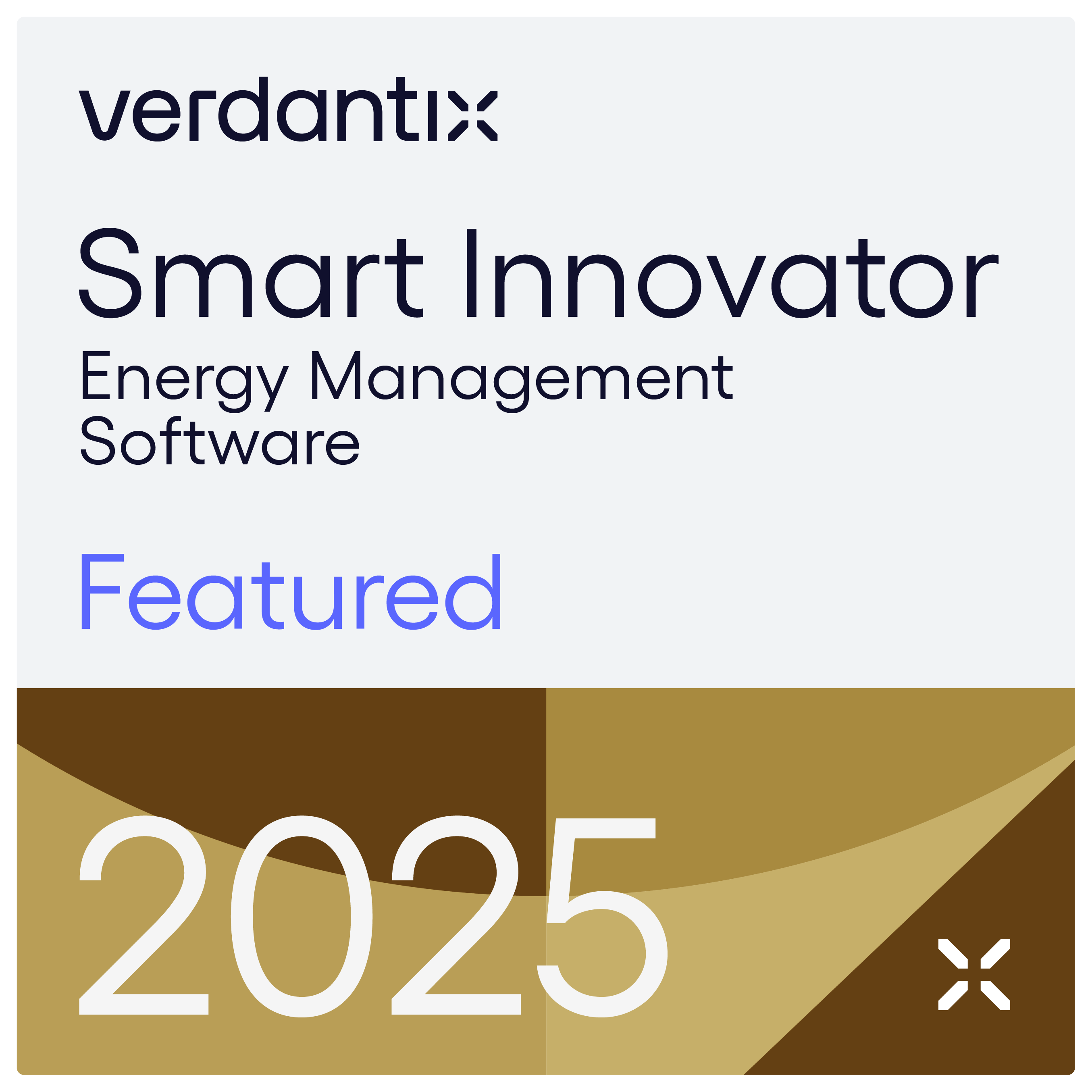Energy efficiency in buildings had a place in the II National Forum on Energy Management (FOROGEn), and among the various presentations that were given, some of the most interesting offered different approaches to monitoring systems and energy management in the cloud.
Different companies from the banking, insurance and retail sectors shared their experiences in the process of improving the energy efficiency of their facilities. On many occasions, corporate management in these sectors relegated energy management to the background, as they tended to think that it was a matter for the industrial sector, where energy plays a major role in the operating costs of companies.
Although nothing could be further from the truth, 40% of the total energy consumed, as well as a third of greenhouse gas emissions, come from the consumption of buildings, making them one of the main costs in companies and a clear objective in terms of energy efficiency in buildings.
What is energy efficiency in buildings?
Energy efficiency in buildings encompasses all the management of resources and energy supplies in a building in order to reduce unnecessary consumption and achieve greater sustainability. To do this, the decision must be made to carry out a certain monitoring and tracking of energy, thus managing supplies in the best way. But how?
How to improve the energy efficiency of a building?
Energy efficiency in buildings is improved through the use of certain technologies and energy efficiency software that can monitor and manage the energy consumption of the infrastructure in question, finding the source of this consumption to see to what extent it is relevant and proportional to the real demand.
The problem is that, once the decision has been made to implement active energy management, companies are faced with a wide range of technologies on the market. These systems make it possible to improve efficiency and reduce consumption, costs and associated emissions without losing or even improving the comfort of the facilities. It is very common that, despite their important differences, confusion is generated about the use that should be given to each of them, which can lead to a wrong decision making that makes us lose part of the savings potential.
Discover the solution Smarkia Monitor
In this post we will focus on the three main technological tools that were shown at FOROGEN:
SCADA (Supervisory Control and Data Acquisition)
It is a system for energy efficiency in buildings, mainly designed for the operation of industrial processes, such as energy generation, production processes, water treatment, chemical products elaboration or treatment, etc. The main characteristic is that they work in real time.
BMS (Building Management System)
It is the equivalent of SCADA in the management of energy efficiency in buildings. Installations such as lighting, air conditioning systems (chillers, air conditioners, boilers...), fire protection systems, CCTV are usually controlled by these systems. Like SCADA, they work in real time and allow actions to be taken on energy infrastructures.
SGEN (Energy Management System - Sistema de Gestión Energética - Energy Management System)
In industrial environments as well as in buildings, they are used for monitoring, analysis and follow-up of energy installations using energy consumption data and different variables that affect it. These systems are not intended for the operation of facilities, although they are essential for aggregating information and facilitating decision making.
What is the difference between SCADA, BMS and SGEN?
Although these building energy efficiency systems are complementary and in some cases share functionalities, it is important to clarify the general differences between them:
- SCADA and BMS are systems optimized for operation while SGEN is intended for management.
- The SCADA and BMS works in real time, while the SGEN works with higher integration periods (15 minutes, hourly, daily...).
- The SCADA and BMS, although integrating a large amount of data, is not optimized for aggregate analysis and monitoring, so it involves a lot of "manual processing of information" while the SGEN offers grouped and automated management of data, which facilitates decision making.
- SCADA and BMS require expert users to operate them and changes or extensions to the systems are associated with design and configuration engineering, while SGENs are based on ease of use, so any average user with standard training can operate them.
- The SCADA and BMS have limited advanced reporting capabilities, while the SGENs have infinite possibilities in this regard.
Conclusions on energy efficiency in buildings
Although these building energy efficiency softwares are systems where certain functionalities or applications may overlap, they are perfectly complementary and should coexist in organizations to enable a comprehensive energy improvement.
The most important thing when making the decision is to foresee and be clear about the purpose of implementing the technology. Taking into account the needs to be met by the system and the objectives to be achieved, one or the other will make more or less sense.
If what you are looking for as an organization is to reduce energy consumption and costs, as well as improve overall energy efficiency in the building, the ones described in the post can be optimal solutions.






